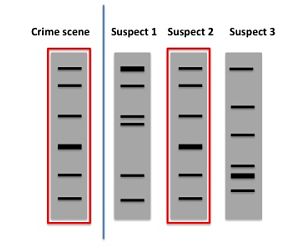You’re a senior grad student or postdoc, and you’ve done more PCRs than you can count. A new student has joined your lab, and you’ve been charged with training them on PCR. You don’t want to lead him/her astray, but it’s hard to remember the parts that you struggled with in your early days. This article will remind you of the difficult bits and guide you on training your junior colleague.
PCR can be a tricky technique to master because it requires a lot of concentration and accuracy. Someone new to the technique can be very easily overwhelmed and make mistakes.
Tips for Training a New Colleague on PCR
The following are a few pointers to act as a guide in the process.
- Keep it simple at the beginning. Start by outlining the basics with the help of a good resource article. You can use a schematic diagram, or even an animation, to really help in getting the concepts across. Only when someone is more familiar and up and running with the technique should you direct them to more advanced resources (like reference guides for qPCR).
- Pipetting technique is really important to maintain accuracy. If training a student completely new to the lab, then getting them to practice will save time and reagents later. Also, be sure to have the new student use properly calibrated pipettes and the correct pipette tips. For example, if the student is doing a qPCR, then s/he should use recently calibrated pipettes and filter pipette tips.
- Before they even a tube of Taq out of the freezer, ensure they have a full induction in the procedures and rules of the space/lab(s) used for PCR. A new person in the lab must comply with existing procedures. Contamination issues will only create extra work for everyone as well as friction in the lab. Stress the use of proper equipment to prevent PCR contamination.
- Demonstrate setting up a reaction. Then, ask your junior colleague to carry out one with your supervision. Finally, ask her/him to do one on her/his own. Also, a good best practice for training anyone is to make aliquots specifically for training purposes, which prevents contamination issues.
- Educate your junior colleague about PCR controls. If you train your junior colleague properly in the beginning, then they’ll continue doing their PCRs properly. At a minimum, they should always run positive and negative controls. The PCR positive control is often provided by the polymerase manufacturer (control plasmid and primers). The negative control involves including all components of the reaction except for the template DNA.
- Following on with the above, take advantage of your student’s failed PCR. It’s a great opportunity to practice a troubleshooting strategy, which is an essential skill for any scientist.
- Consider out of house training courses. Usually if a lab buys a new instrument, then training for a couple of scientists at the company’s facility. will be included in the price. Alternatively some of the bigger companies may be willing to send out a technical specialist to run an in-house session.
What are your experiences in training newbies to PCR?






